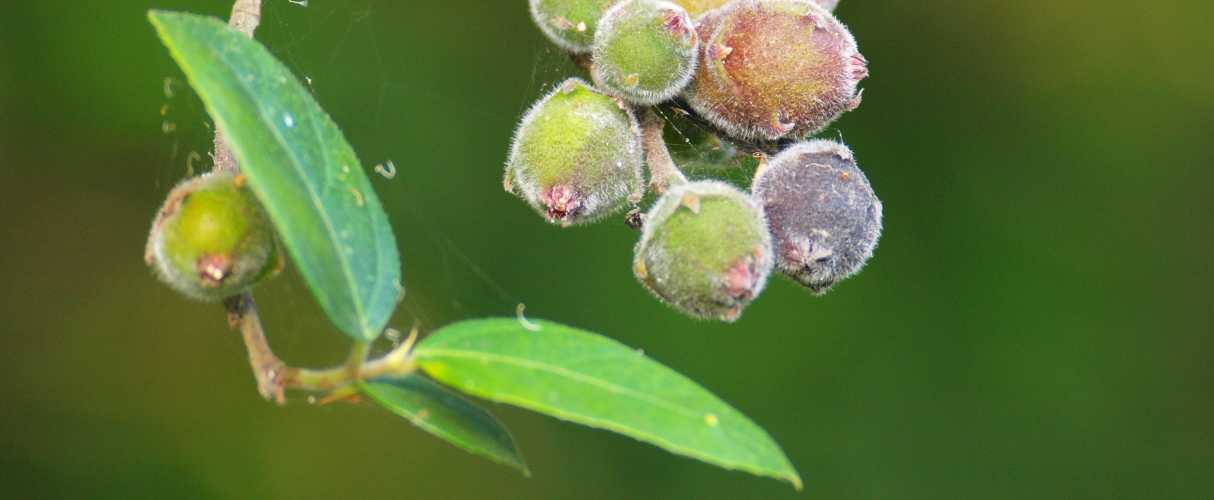The sandpaper fig tree is aptly named after the raspy, rough texture of its leaves.
Part of the Moraceae family, it is small to medium sized, growing up to 15m tall. Endemic to mainland Australia this versatile species is found in gullies and along rocky creeks, in both moist and dry environments.
It bears small, furry purple fruit which ripen between January and June. They are edible and enjoyed by many creatures at Mary Cairncross including the silvereye (Zosterops lateralis), green catbird (Ailuroedus crassirostris), grey-headed flying fox (Pteropus poliocephalus) and caterpillars of the purple or common moonbeam butterfly (Philiris innotatus).
Aboriginal people have used the sandpaper fig leaves medicinally to relieve insect bites and in craft to smoothen wooden tools.
The sandpaper fig relies on a specific fig wasp for pollination. The female wasp lays eggs within the immature fruit, pollinating the inner-surface and damaging her wings as she enters. The wasp larvae hatch and mate within the fruit. The young male wasps have no wings and are unable to fly. They eat a tunnel through the fruit that the new female wasps can then use to escape, without damaging her wings. She then flies to another fig and continues the pollination, egg-laying process. This specialised co-dependent relationship ensures both the insect and plant species survive.
